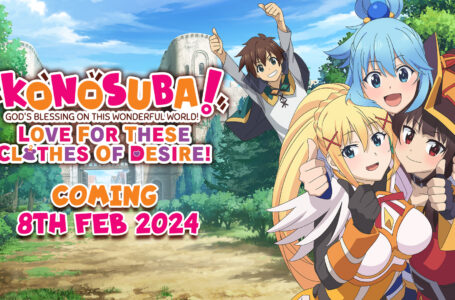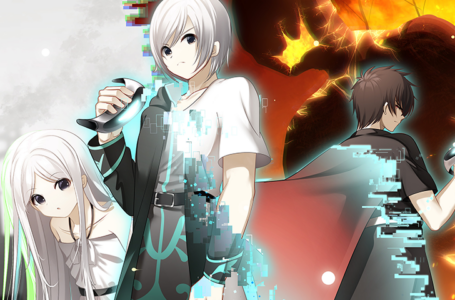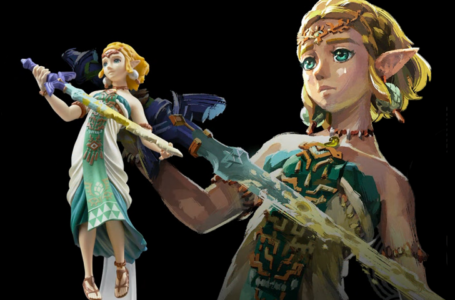Demon’s Tier: Diabolical Mind’s twin-stick roguelike dungeoneering
The third and, at the time of writing, final Diabolical Mind game is Demon’s Tier. Like Riddled Corpses and Xenon Valkyrie before it, it’s a game that is designed to be replayed lots of times over the long term, but there’s also an ongoing story to enjoy as you progress through it. And, like its predecessors, it’s a beautifully presented game filled with lovely pixel art and a distinctly Japanese influence.
In Demon’s Tier, you take on the role of a party of adventurers who come to a small town with the intention of investigating a mysterious hole in the ground and following the legend of demonic king Thosgar. As with most games like this, the narrative isn’t all that important, but it does provide a bit of personality to proceedings, with short dialogue sequences showing up the first time you make it to a new milestone in the dungeons.
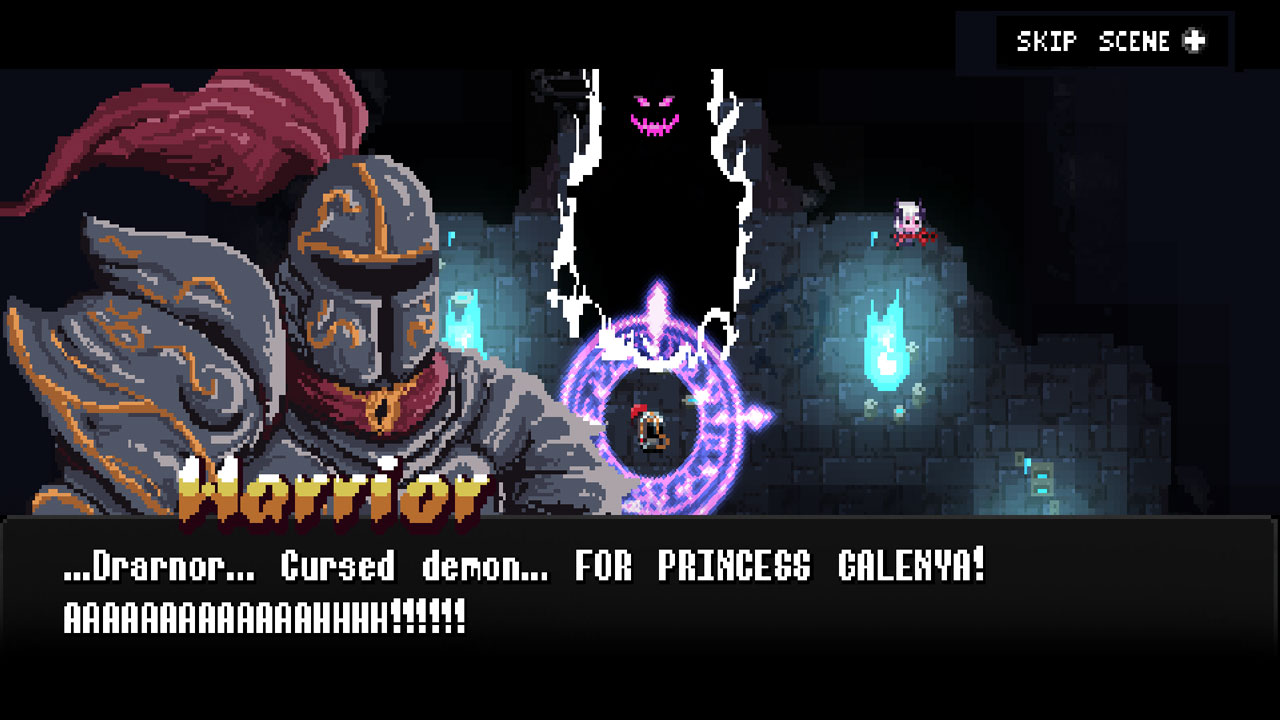
Initially, you can only play as the Knight character, but by progressing through the game you can unlock a variety of other playable characters, each of whom have their own unique starting stats and special abilities. All play in basically the same way, but the differences between them can make a drastic difference to your play style, particularly in the early stages of a run.
Demon’s Tier’s dungeoneering unfolds over the course of a series of stages, split into distinct “worlds”. On each floor, you’re given a specific objective to complete before the exit will unlock, and you have a five-minute time limit in which to accomplish this goal. Fail to beat the clock and an invincible Reaper enemy will show up; you can avoid this for a certain amount of time — and indeed some objectives require that you basically deliberately bait the Reaper and give him a poke with your weapons before running away down the stairs — but it’s best to try and accomplish your tasks as soon as possible.
The objectives generally require you to explore most of the level, since they task you with defeating all enemies, opening all chests, destroying all explosive items or finding a key and unlocking each floor’s “big chest”. As you wander around, you’ll be beset by enemies of a variety of types, who can be fended off using twin-stick shooting.
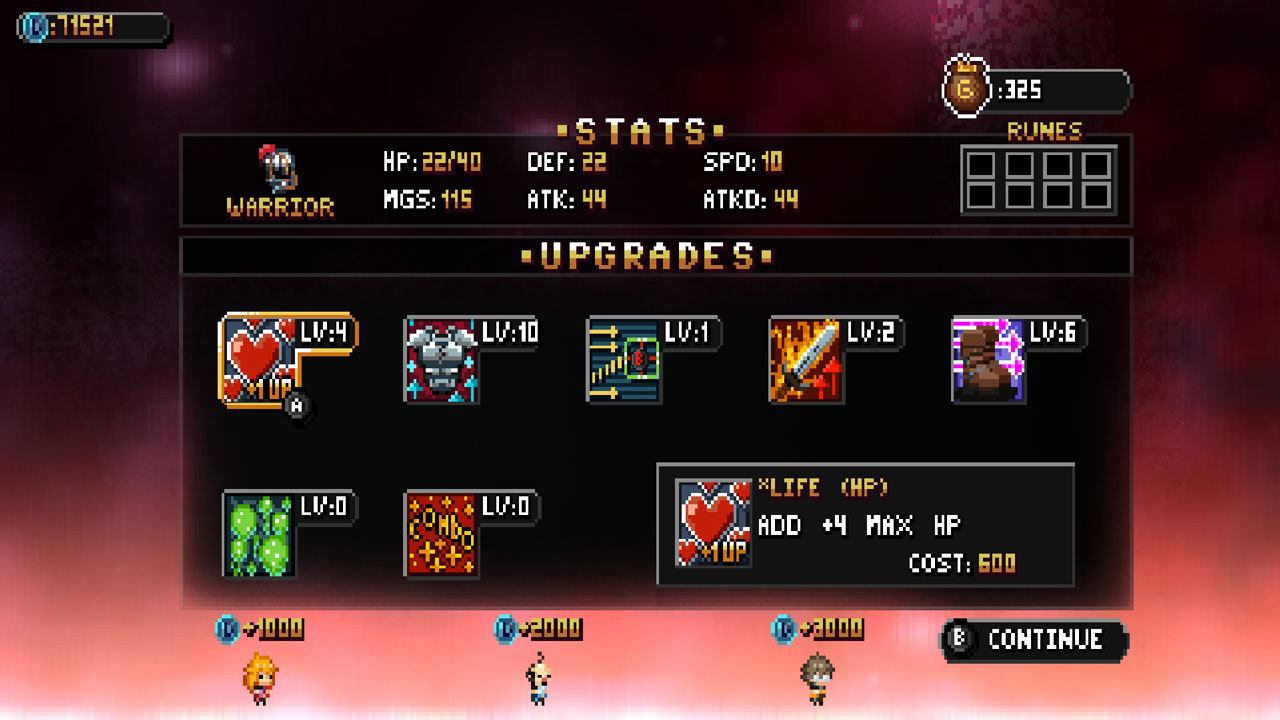
Upon completion of a floor, any gold you acquired can be spent on upgrading your character’s stats in various ways, with upgrades becoming more and more expensive with each new level. There are a variety of ways you can build each character, either by emphasising their strengths or covering their weaknesses — and there’s even the option to eschew a power increase in favour of a score multiplier.
Yes, you have a score of sorts in Demon’s Tier, and it comes in the form of D-Tokens. Since the gold you find in the dungeon is a remnant of an ancient civilisation and useless for spending on the surface, D-Tokens are the main currency you use to acquire more permanent upgrades such as new weapons and character unlocks between expeditions, as well as consumable items.
D-Tokens are acquired automatically as you defeat enemies, but you only get to keep them if you successfully exit the dungeon, either by clearing it completely or by using a Magic Rope item to return to the surface when you think you’ve had enough. This gives the game a fun element of “press your luck”, particularly in its early stages, and there’s a Souls-style “second chance” mechanic if the worst does happen — fight your way back to the floor you died on, destroy your gravestone and you’ll recover all your previous D-Tokens. Fail to do this in a single run, however, and those D-Tokens are gone for good.
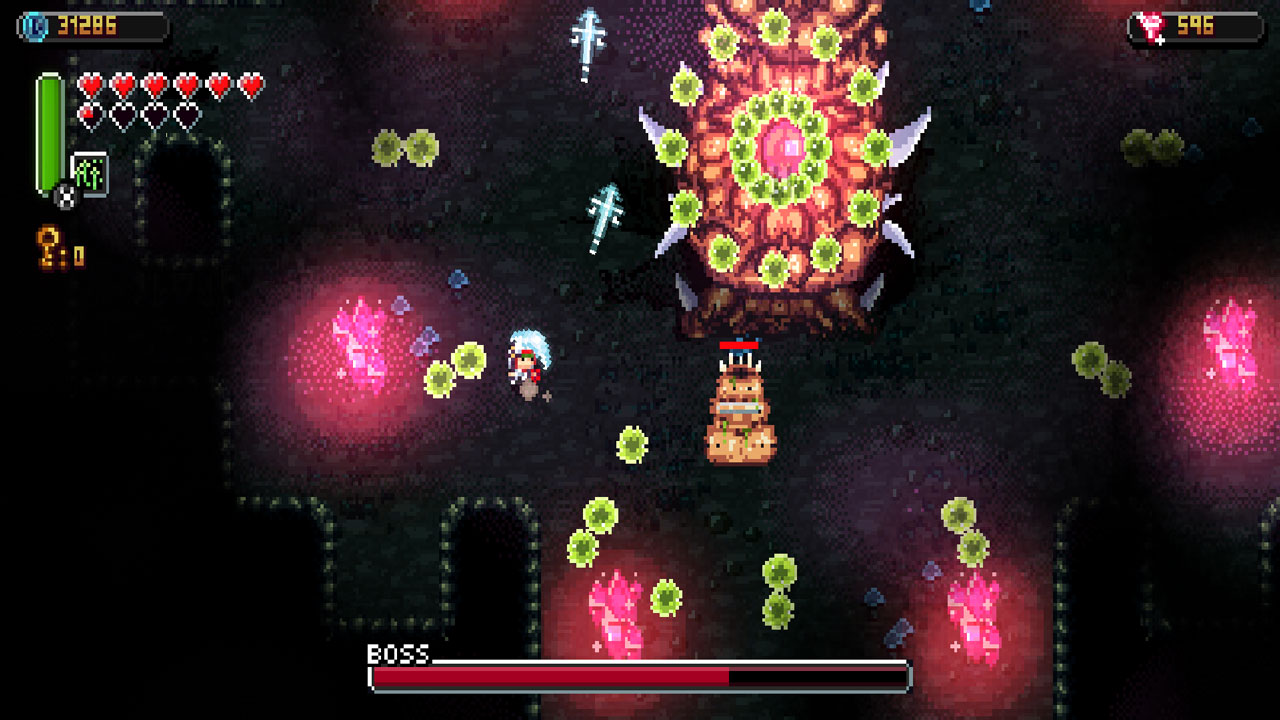
Each of the characters can be improved to a certain extent by unlocking new weapons for them. These replace the characters’ default shot attack and manipulate their starting statistics, generally giving you an advantage over starting completely fresh. However, it’s not an easy process; in order to unlock new weapons, you must defeat the boss of a “world” in the dungeon, hope it drops a blueprint (which is fairly likely, but not a dead cert by any means) and then invest enough D-Tokens at the blacksmith on the surface to permanently unlock the weapon.
With each character having a variety of different weapons to unlock, there’s plenty of longevity here — particularly since some of the characters require a substantial investment of D-Tokens to unlock in the first place.
One of the nice things about Demon’s Tier is that although you can grind your way through to gradually unlock everything without really making much progress through the game itself, ultimately you will have to demonstrate your own skills in order to beat the game properly. While the more powerful characters and weapons certainly help, none of them make you completely invincible or able to overpower even the early stages to the point of triviality, and this is a good thing; it means the game is always interesting to play, and the unlocks simply provide alternative options rather than making it easier as time goes on.
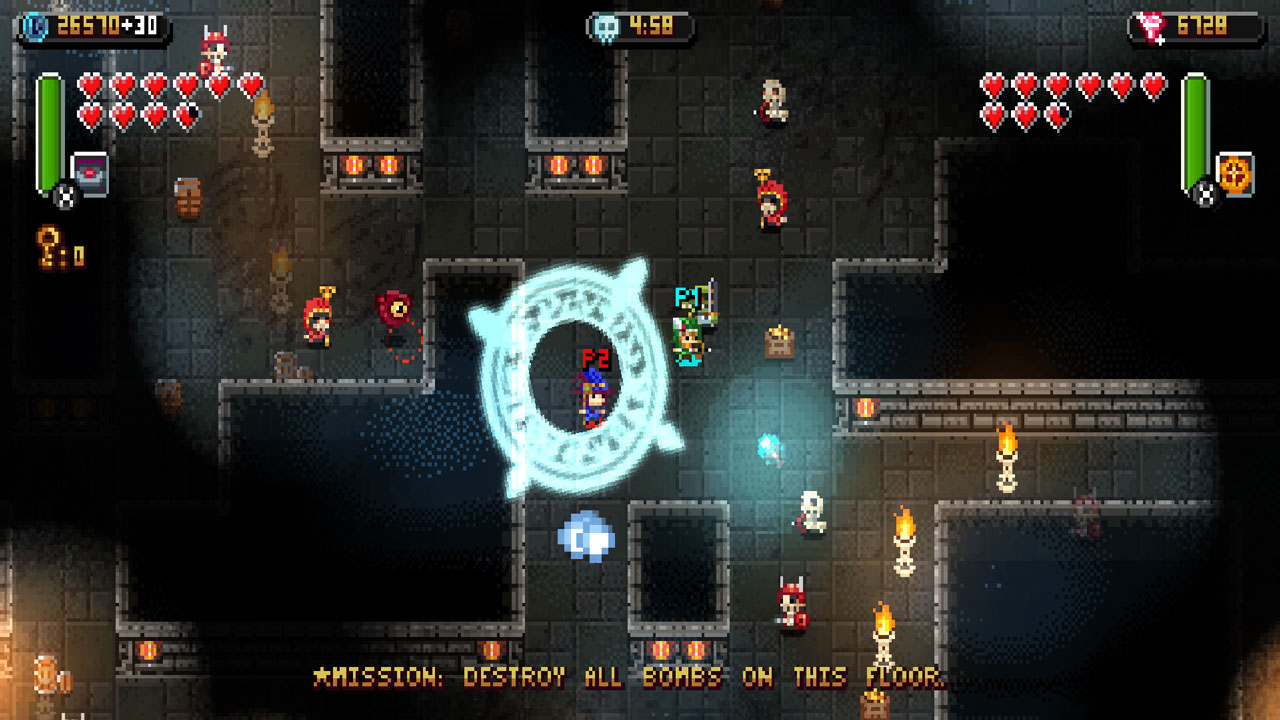
Demon’s Tier keeps things well-paced and interesting, never spending too long in one place. Worlds never last for more than a couple of floors plus a boss, meaning that you never feel like you’re stuck slogging through the same old scenery each time you start a new run. And each new world is both visually and audibly distinct from one another — plus each tends to introduce both new monsters and traps for you to contend with.
Speaking of the graphics and visuals, Demon’s Tier is one of Diabolical Mind’s best looking games, for sure. Once again, the pixel art eschews a completely authentic recreation of a classic games console in favour of incorporating effects that simply wouldn’t have been possible on vintage hardware. The soundtrack, meanwhile, adopts a “wavetable synthesis” style rather akin to some of the best music on the Super NES — particularly that heard in Squaresoft games. The overall effect is very pleasing, and entirely appropriate for the type of game this is.
Like the previous Diabolical Mind games, Demon’s Tier originated on PC, and was subsequently ported and expanded to consoles by Fabrice Breton of Cowcat Games, making the console versions once again the definitive versions. Demon’s Tier is Breton’s personal favourite of the trilogy, and it certainly feels like the most ambitious of the three. But the nice thing about these three games taken as a collective unit is that they’re all recognisably similar, yet different enough from each other to all be well worth playing.
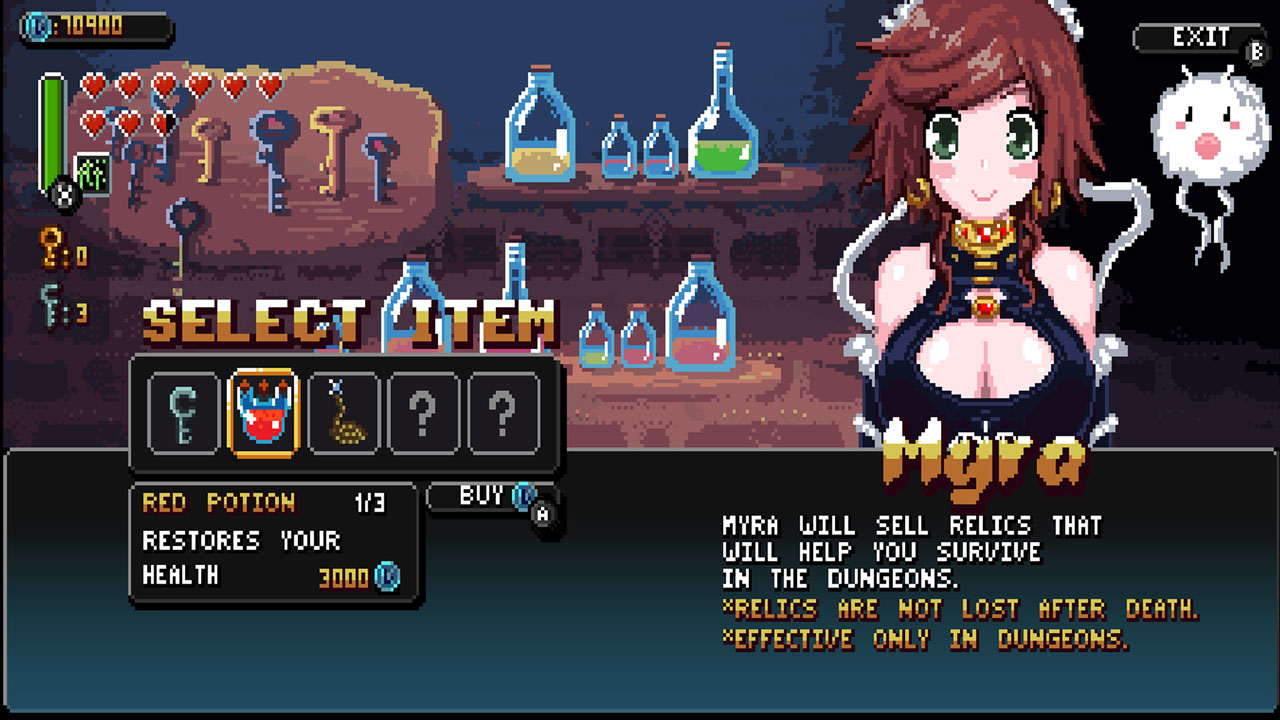
Whether you’re in the mood for fast-action twin-stick shooting in Riddled Corpses, precise platforming in Xenon Valkyrie or more deliberately paced exploration in Demon’s Tier, there is something for everyone to enjoy throughout the Diabolical Mind trilogy. Here’s hoping that this excellent developer graces us with some more wonderful games in the near future — but if not, these three titles are certainly a legacy to be very proud of indeed.
Join The Discussion
Rice Digital Discord
Rice Digital Twitter
Rice Digital Facebook
Or write us a letter for the Rice Digital Friday Letters Page by clicking here!
Disclosure: Some links in this article may be affiliate links, which means we may earn a small commission if you make a purchase after clicking on them. This is at no additional cost to you and helps support Rice Digital!
- Letter from the Editor: passing the torch - June 30, 2023
- Super Woden GP 2 is looking promising - June 30, 2023
- Inti Creates is making a 32 bit-style Love Live action platformer - June 26, 2023





